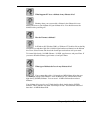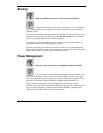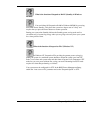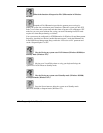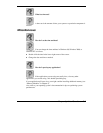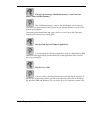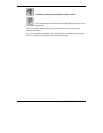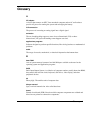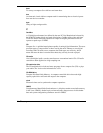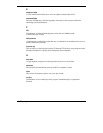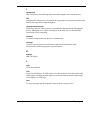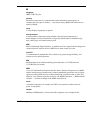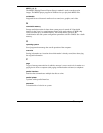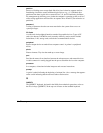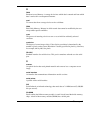
2 Glossary
boot
To start up a computer. See cold boot and warm boot.
bus
An electronic circuit within a computer used for transmitting data or electrical power
from one device to another.
byte
Group of eight contiguous bits.
C
CardBus
A 32-bit high-performance bus defined by the new PC Card Standard and released by
the PCMCIA standards body and trade associations. CardBus offers wider and faster
32-bit bus and bus mastering operation for improved adapter performance and can
operate at speeds up to 32-MHz.
CD
Compact disc. A polished metal platter capable of storing digital information. The most
prevalent types of compact disks or those used by the music industry to store digital
recordings and CDs used to store computer data. Both types are read-only, which
means that once the data is recorded onto them, they can only be read or played.
CD audio
Also called digital audio, uses the same format as conventional music CDs. CD audio
sounds have been digitized at a high sampling rate.
CD read/write drive
The CD read/write drive loads and starts programs from a compact disc (CD) or plays
your audio CDs. It also writes information to a CD.
CD-ROM drive
Compact Disc Read-Only Memory. A computer-controlled device that reads high-
capacity optical discs and sends the output to the computer.
clock
Electronic timer used to synchronize computer operations.
CMOS
Complementary Metal Oxide Semiconductor. A chip that contains nonvolatile memory
in the Versa. CMOS is backed up by an internal battery that preserves clock/calendar
data and system configuration parameters stored in CMOS.



